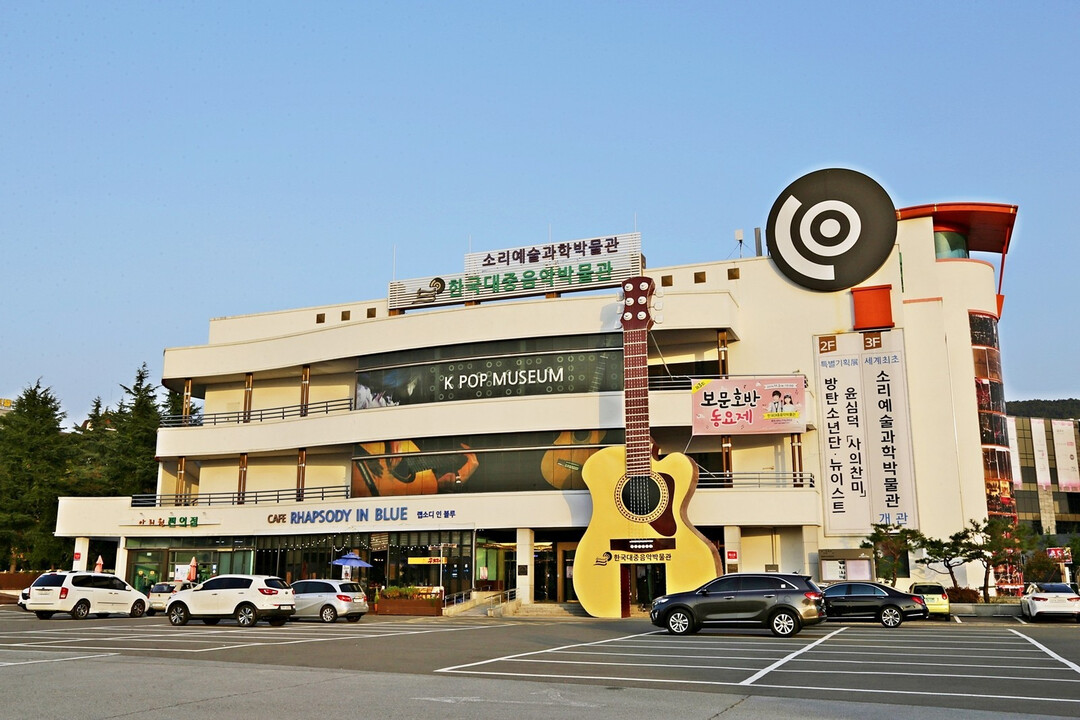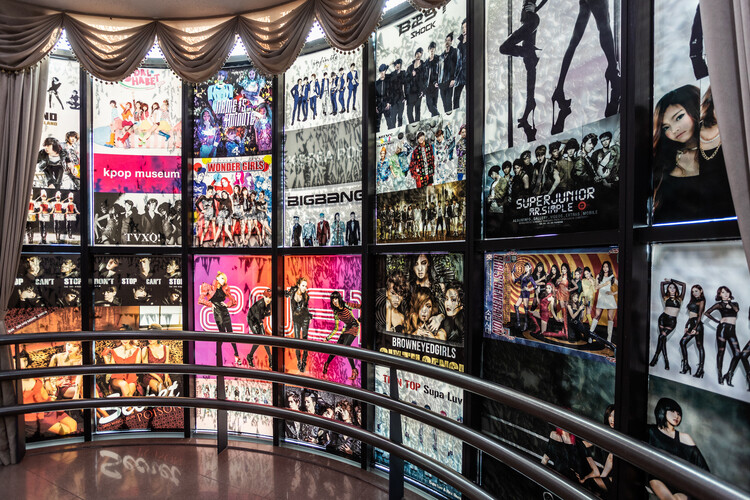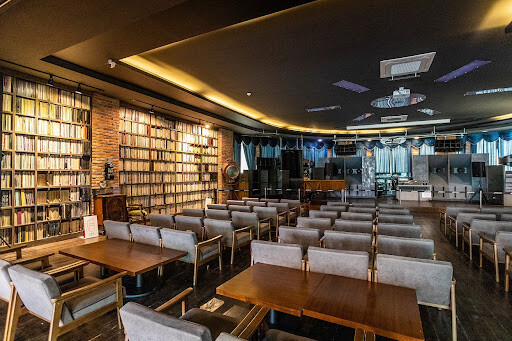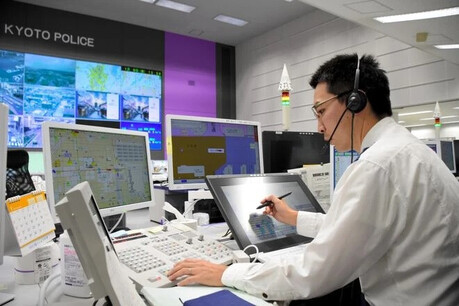
GYEONGJU — Nestled within the scenic Bomun Tourist Complex, the Museum of Korean Popular Music stands as a monumental tribute to the nation's rich and dynamic musical heritage. Far from being a mere collection of artifacts, this institution is a vibrant chronicle of the sounds that have shaped Korean identity, culture, and society over the past century. Recognized by global outlets like CNN as a "must-visit" destination, the museum has recently garnered renewed attention through its features on popular television shows and visits from international celebrities, cementing its status as a cultural landmark.
The museum's allure lies in its ability to tell a comprehensive story, one that begins with the nascent stages of modern Korean popular music and extends to the digital-era anthems of today. Upon entering the second-floor main exhibition hall, visitors embark on a chronological journey through a hundred years of melodies. The meticulously curated displays guide one from the earliest recorded Korean popular songs—the gayo that emerged in the early 20th century—to the globally dominant phenomenon of K-pop. What makes this experience particularly engaging is the interactive element. Throughout the exhibition, headphones are strategically placed, inviting visitors to listen to the very albums and tracks that mark each significant era. This hands-on approach transforms the passive act of viewing into an active exploration, allowing the music to come alive and resonate on a personal level. One can spend hours tracing the evolution of genres, the rise of iconic artists, and the technological shifts that defined each period, all while the soundtrack of history plays in their ears.
The museum’s dedication to a holistic musical experience extends beyond the music itself. The third floor is dedicated to the "Sound Museum," an equally compelling exhibition that chronicles the history of audio technology. This space is a haven for audiophiles and history enthusiasts alike, showcasing a stunning collection of rare and influential sound devices. The journey here begins with the pioneering technology of the 1920s, featuring the very speakers that Western Electric introduced to accompany the first "talkies." From there, the exhibition winds through a fascinating array of vintage sound equipment from legendary manufacturers such as Eurodyn, Ampex, Altec, and Tannoy. These devices are not merely static displays; they represent the innovations that made it possible to capture, preserve, and transmit the music on the floors below. The tour of the Sound Museum culminates in a communal listening room, a truly unique feature where visitors can submit requests and have their chosen songs played through a state-of-the-art sound system. This finale serves as a powerful reminder of music's purpose: to be heard, shared, and enjoyed in its purest form.
The Museum of Korean Popular Music is more than a building filled with records and speakers; it is a living archive of a nation's soul. It offers an unparalleled opportunity to understand how music has mirrored and influenced the socio-political landscape of Korea. Whether you are a dedicated K-pop fan, a historian of sound, or simply a curious traveler, the museum provides a profound and deeply satisfying journey into the rhythm and heart of Korea. Its recognition by global media and cultural figures like BTS's RM is not just a sign of its popularity, but a testament to its invaluable role in preserving a legacy that continues to resonate far beyond the peninsula's borders.


[Copyright (c) Global Economic Times. All Rights Reserved.]





























